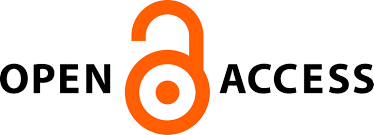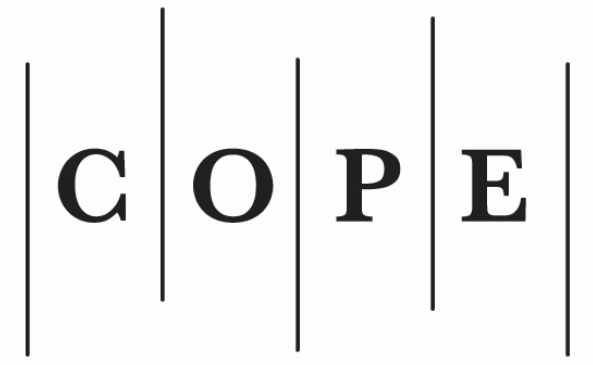Aspects of Using Electronic Evidence in Civil Proceedings
##plugins.themes.bootstrap3.article.main##
Abstract
New technologies empowered us not only to communicate faster and better, but also to create new business branches. Every day millions of digital messages and documents are sent through the global network or telecommunication systems. Some business processes, service provisioning and conclusion of contracts can be accomplished and all evidence can by accessed only in electronic environment (in cyberspace). When some facts or events can be evidentially fulfilled by electronic information only it is important to ensure acceptability of such information in legal procedures. Everyone wants to be sure that in the case when some disputes regarding his interest violation arise, he would be able to defend himself using electronic data or electronic documents, made for or during the relationships with other parties. Unfortunately the litigation of these processes is not so clear as it should be. Internet as a global communication and information environment has very many problems regarding its internationality, anonymity and insecurity. The information can be accessed from everywhere and can be displayed everywhere. Thus we must have the possibility to use this information in the court to prove what has happened or should have happened.
It is clear that our country eventually will begin to use electronic evidences very widely because the computerization processes are very fast. The position of EU and Lithuanian Government on implementation of electronic communications like e-government, electronic studies, medicine and other forms of electronic relationships provide background for treating electronic evidences as equal to common evidences.
It is clear that our country eventually will begin to use electronic evidences very widely because the computerization processes are very fast. The position of EU and Lithuanian Government on implementation of electronic communications like e-government, electronic studies, medicine and other forms of electronic relationships provide background for treating electronic evidences as equal to common evidences.
##plugins.themes.bootstrap3.article.details##
Section
Articles
This is an open-access journal, which means that all content is freely available without charge to the user or their institution. Users are allowed to read, download, copy, distribute, print, search, or link to the full texts of the articles in this journal without asking prior permission from the publisher or the author. This follows the BOAI definition of open access. Authors contributing to Jurisprudence agree to publish their articles under a Creative Commons Attribution 4.0 International Public (CC BY) License (applicable from 2025).
![]() Authors retain copyright of their work, with first publication rights granted to the Association for Learning Technology.
Authors retain copyright of their work, with first publication rights granted to the Association for Learning Technology.
Please see Copyright and Licence Agreement for further details.






